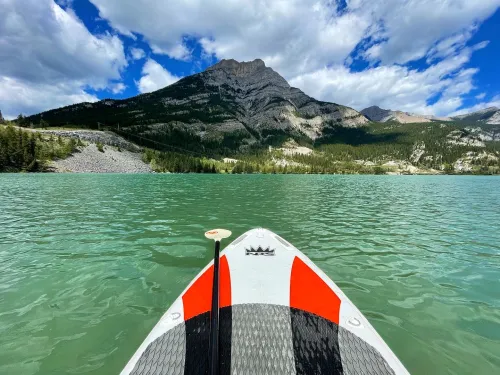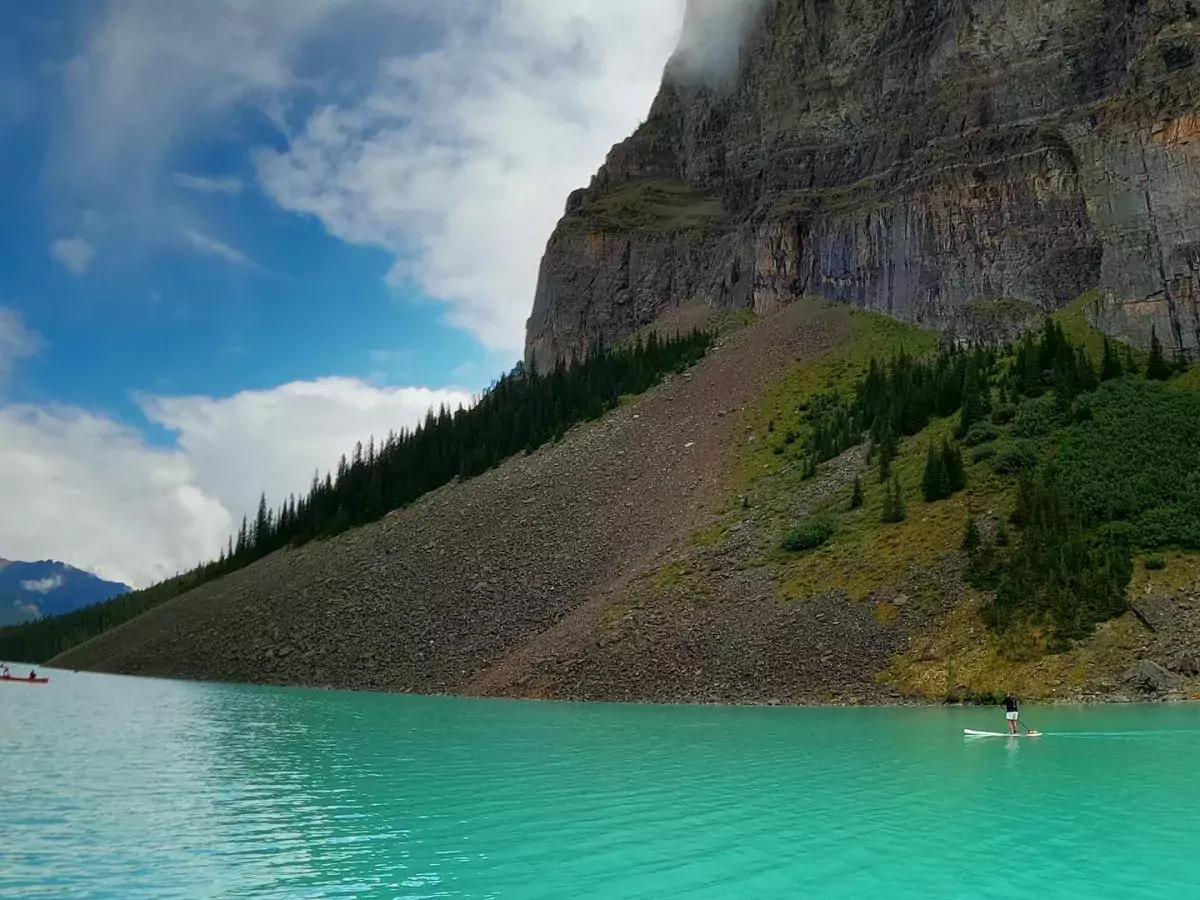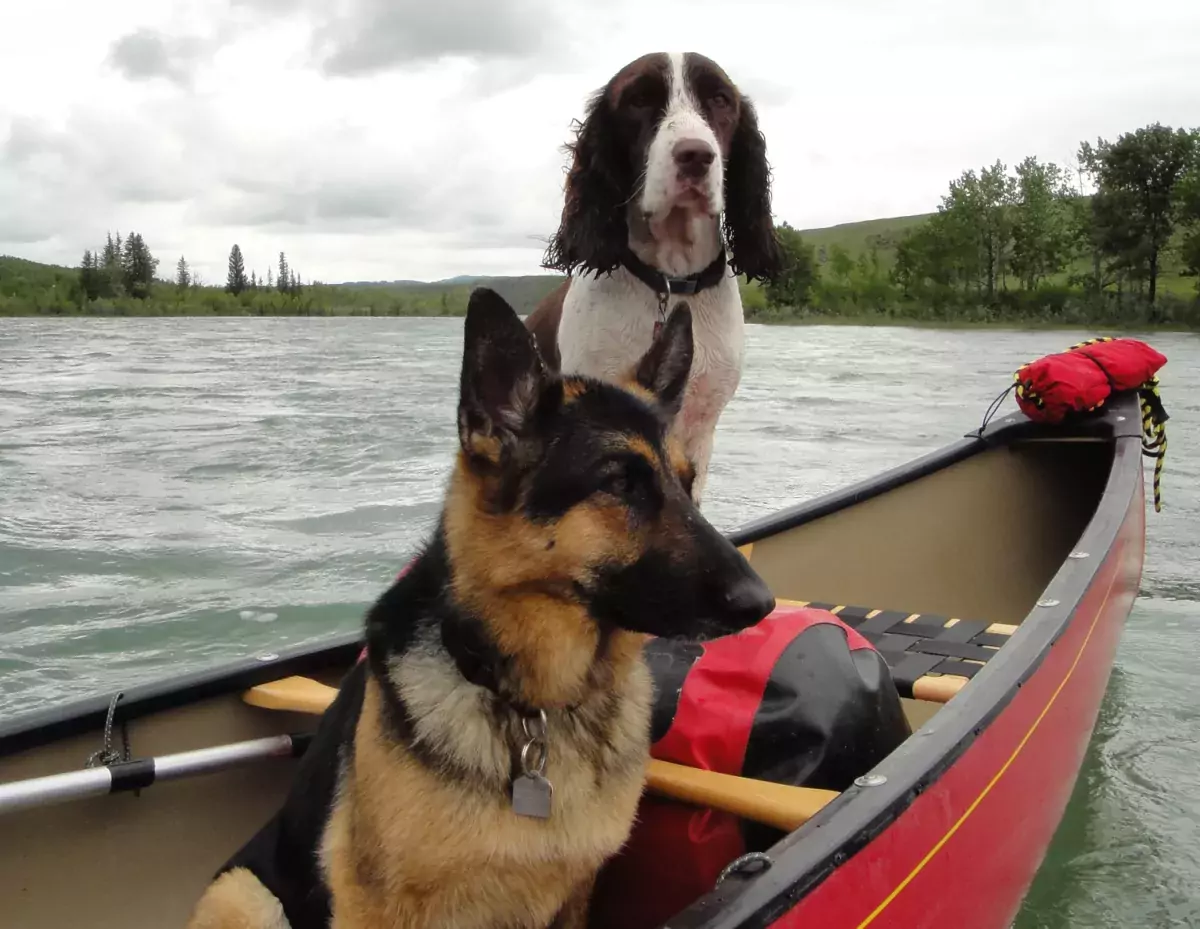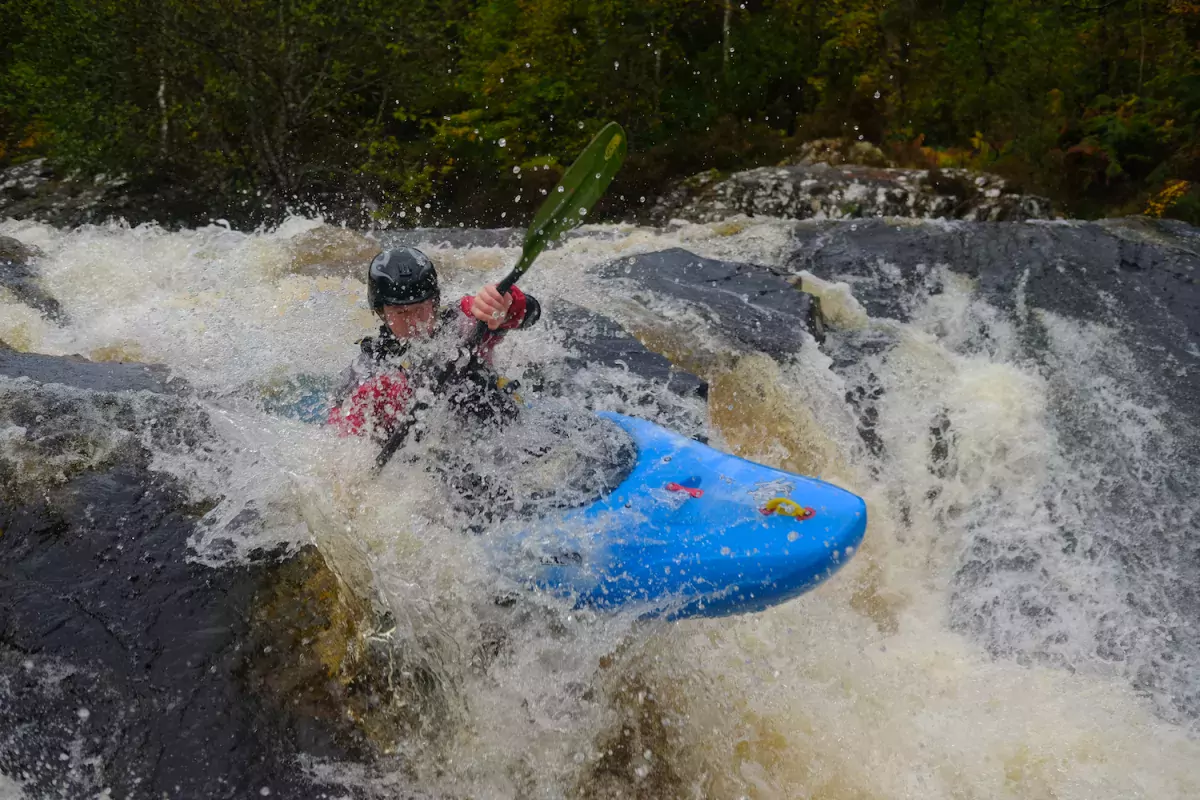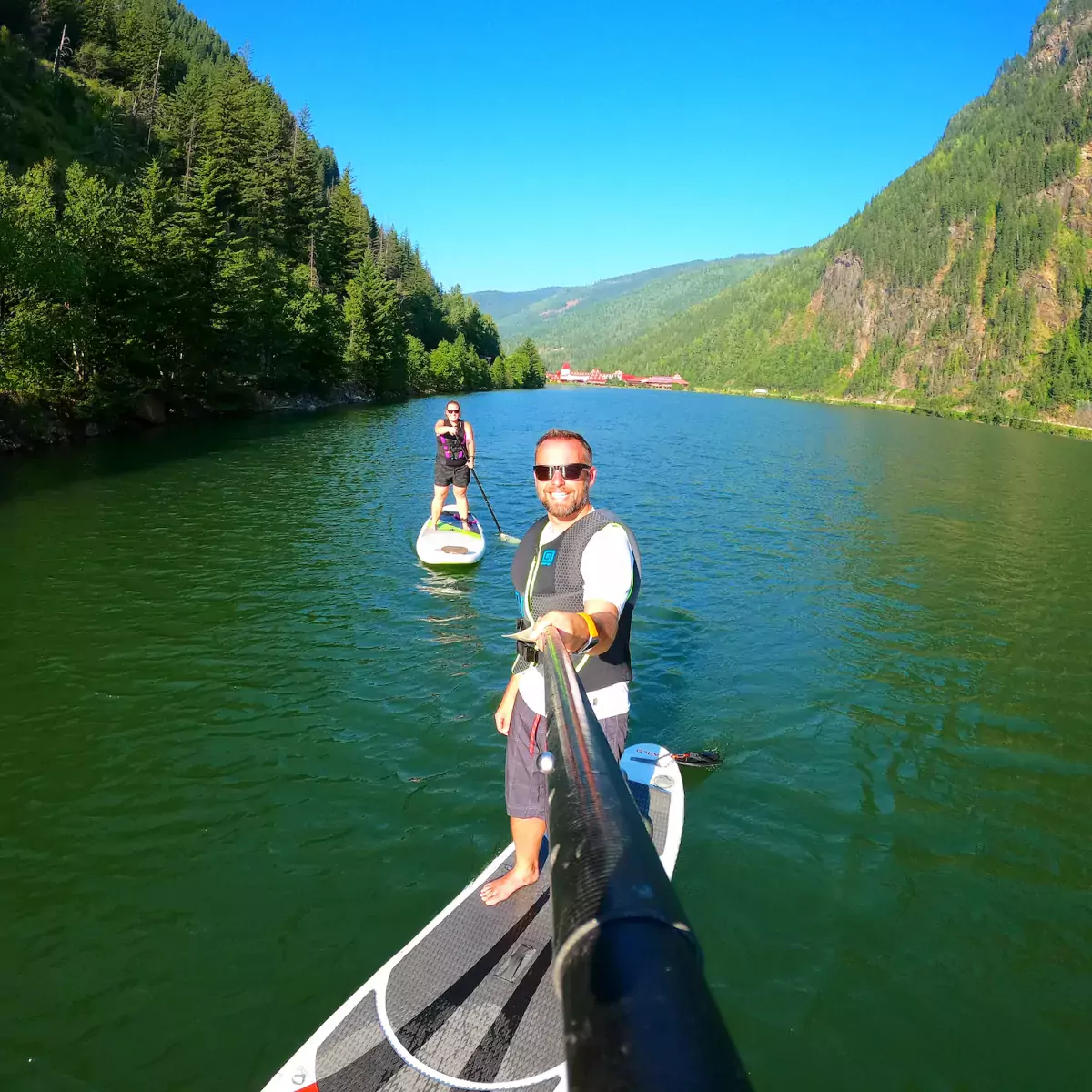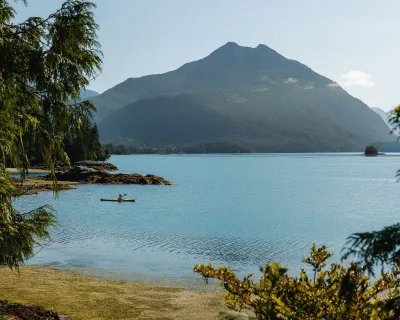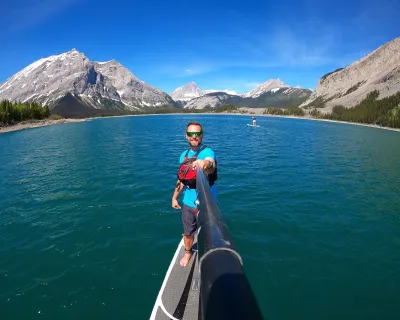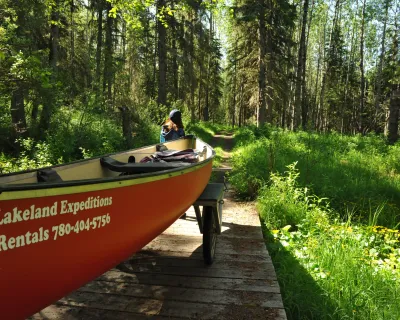SUP vs kayak vs canoe: which to choose, where to paddle
#seekersambassador Tyler Dixon breaks down which watercraft to choose and where to paddle your SUP, canoe or kayak in Alberta
One of the best ways to beat that summer heat is getting out on the water. Paddle sports provide great exercise and an ideal way to explore the rivers, lakes, and oceans around you. These days there are no shortages of boats and boards to choose from, so how do you know what’s best for you?
Simple, let’s compare similarities and differences between canoeing, kayaking, and stand-up paddleboarding (SUP), to help you know which to choose. Along the way, I’ll list a few of my favourite places to hit the water.
Canoe: the classic
Let’s start with the classic Canadian canoe, which occupies a distinguished piece of history in this country.
When and why to choose the canoe
Of the three paddle sports in this article, the canoe is most often utilized as a tandem activity. It provides ample storage space, making it most suitable for lengthier trips, hauling additional gear or bringing friends (either the two- or four-legged varieties) along.
Canoeing and SUPing both use a single-bladed paddle, although the canoe paddle is shorter as canoeing is performed from a seated or kneeling position.
When it comes to canoes, there are a several varieties to choose from depending on how and where you're using it. There are recreational, river, whitewater, racing and fishing models, and their classifications can further be broken down by the materials they are built from.
The downside to canoes is that they can be more difficult to store and transport due to their size and weight. Of the three, canoes are also the most challenging to paddle and it takes practice to become proficient.
Where to canoe in Alberta
Looking for a great multi-day canoe trip in Alberta? Try the Milk River in southern Alberta or the Lac la Biche circuit in Lakeland Provincial Park for your next multi-day canoe trip.
Kayaking: extreme or not?
When I hear kayaking, I think of whitewater, but that’s not their only use. Like the aforementioned canoe, there are many different types of kayak on the market: recreational, touring, sea, whitewater, fishing and surfing are just a few of the options that are available.
Why a kayak over canoe or SUP
Some people feel that kayaks aren’t as stable on the water as a canoe, especially the sit-on variety, but they do provide you the ability to go faster than a SUP and are typically more maneuverable in rough water.
Typically, kayaks are smaller and lighter than canoes, making storage and transport easier. They are also the only sport out of these three with a double-bladed paddle.
Get outdoors, get more connected, get more Zen.
Sign up for ZenSeekers enews for more transformative travel inspiration.
Many kayak models are compatible with a spray-skirt that helps keep water from getting into the boat, whereas canoes typically have an open deck.
You’ll also have to choose between sit-on or sit-in models.
Where to kayak in Alberta
For those looking for whitewater thrills, you’ll want to launch your kayak in the Kananaskis or Kicking Horse River. (But be sure to read to the end, for water safety tips you'll want to consider.)
Paddleboarding: the newcomer
With canoeing and kayaking being quite similar, paddleboards (also known as SUP, or stand-up paddleboards) tend to be the outlier, but that doesn’t make them any less popular.
Why SUP over canoe or kayak
It’s the only one of the three that is performed while standing, providing the user an elevated perspective on the water and ensuring they receive a full-body workout in the process. Since you are standing on top of the board, it’s not just your upper body that is engaged while paddling. Your legs, core, and stabilizers will all get some solid exercise while maintaining your balance.
Inflatable SUPs seem to be the most popular option, since they fit into a large backpack when deflated, making storage and transport very convenient. When first starting out, be prepared to get wet as mastering balance while paddling can take some practice.
Where to SUP in Alberta
Some of my favourite places to SUP include pristine mountain lakes, such as Lake Louise, Emerald Lake, and Pyramid Lake.
#seekersambassador pro tip: To take your SUPing to the next level, try hiking your inflatable board into a lake where you’re likely to have the entire place to yourself.
For tips on how to get going on your paddleboard, check out this previous story I wrote called Yo Alberta, SUP: How and Where to Paddleboard in Alberta.
Water safety
Water safety should always be forefront in your mind anytime you venture out on the water. Here are a few safety guidelines to follow:
- always wear a PFD
- check weather, river and water reports/warnings before leaving
- refer to safe boating guides for your area
- leave a detailed plan with a trusted friend or family member
- consider taking a swift water rescue course if you’re planning to spend time on the river
Even if you still can’t decide which water sport is right for you, the good news is you can try all three and go from there!
More fun on the water
Like Our Facebook Page
